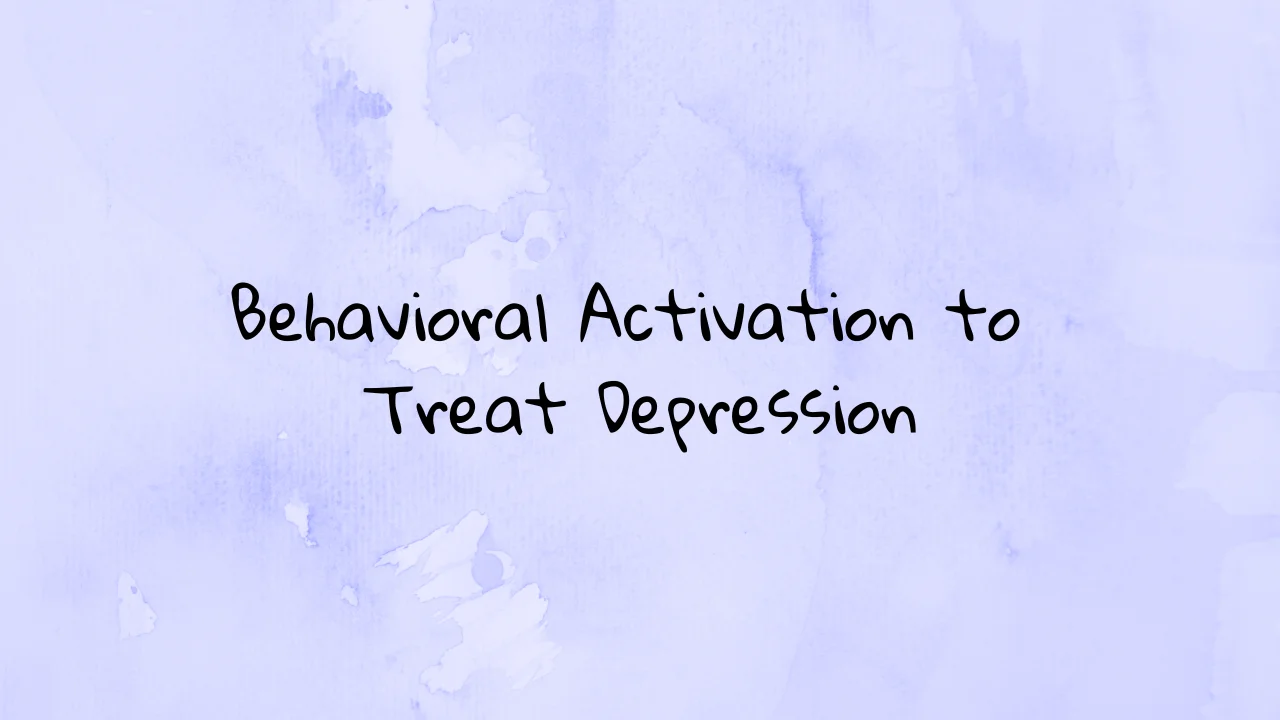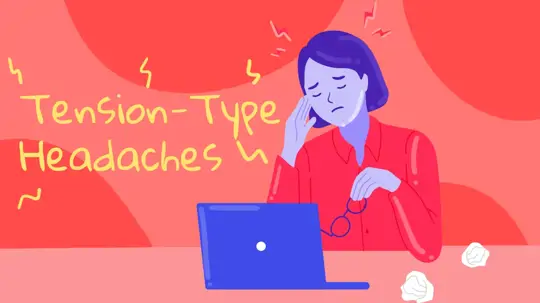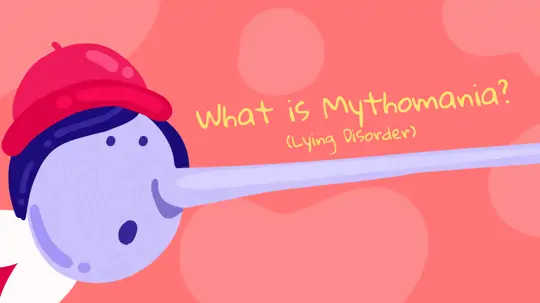
Start feeling better today!
Connect with your therapist today and take control of your life like our 850.000 happy clients.
Get StartedDepression and Inactivity
Among the symptoms of depression the ones that have the most impact on daily life are reluctance and behavioral inactivity. It is a well-known fact that depressed people move less, and inactivity promotes depression. However, starting new projects and doing new things in life gives people a positive attitude and new opportunities. In other words, depressed people's inactivity and refusal to start new projects exacerbate their depression, creating a vicious circle. When people are depressed, their inactivity increases, limiting their activity options. As opportunities dwindle, so does unhappiness, and the vicious circle continues. The way out of this vicious circle is Behavioral Activation.
The Relationship Between Our Behaviors and How We Feel
It has long been recognized that there is a strong link between our actions and our emotions. People who feel good are more sociable, cheerful, and adventurous. Such initiatives and adventures motivate people to do better, and all of this motivation has a positive impact.
- Challenging ourselves reveals the positive aspects that we do not know, and this makes people want to improve.
- Engaging in activities we love increases our enjoyment and happiness.
- Engaging in social activities more makes people feel valued and gives them a sense of belonging.
- Spending time with the people we love strengthens our commitment and relationships with them.
- Because they are disconnected from all of these activities, depressed people are unable to experience pleasure, happiness, value, belonging, and commitment.
What is Behavioral Activation?
Waiting for something big enough to make you feel good in life or waiting for the depression to pass is one way to break free from this cycle. On this path, all that is required is to wait, but when such an event will occur is unknown. Although there is a chance that depression will go away without treatment, untreated depression progresses to chronic depression and is a sign that you will experience depression several times in your life.
Behavioral activation is another way out of this cycle. Although you may not want to be active when depressed, it has been proven that living a more active life, known as behavioral activation, breaks the depression cycle.
5 Steps to Treat Depression with Behavioral Activation
- Writing down our daily activities and noticing how the activity lifts the mood.
- Understanding the vicious circle of depression and activity and accepting that we must be active in order to feel better.
- Setting life goals and striving for them.
- Planning meaningful and simple activities.
- Dealing with the problems that come our way by being active.
Writing Down Activities
It is critical to record our activities and moods in order to understand how depression affects us. Write down what you do every day for a week on a piece of paper. At this point, you should write down even minor activities that do not seem important to you. The goal here is to look back and assess which activities improve our mood. As a result, you should rate each activity (from the smallest to the largest) on a scale of 1 to 10, with 1 representing the worst 10 and 10 representing the best moment.
Understanding the Relationship Between Activity and Feeling Good
After keeping track of your activities and how you feel for a week, you can look over your notes to see if there is a link between activity and feeling good. You should ask yourself the following questions while looking at your activity sheet:
- What did you do when you felt your best?
- What were you doing when you felt the worst?
- What have you learned about the relationship between what you do and your mood?
- Were there times when you didn't leave the house? If that's the case, how did you feel on those days?
- How did you feel on your most active day?
Write down the activities that make you feel good and bad on paper from now on because you will need them in the next step.
Your Values
What are the things in life that are important to you? These values reflect what is truly important to us in life. Goals and values are not the same thing. While goals can be achieved, values determine the paths we will take in life. For instance, while participating in sports is a goal, wanting to be healthy is a value.
Consider your values and how effective you are at living and advancing those values in your life. Write down your values as you did in the activity and rate your success in living with them on a scale of 1 to 10.
Planning Meaningful and Simple Activities
You must be active in this step. We've already mentioned that being active, even if you don't want to, is good for depression. Take a piece of paper and write down the activities you can do in this step.
- You can use your activity sheet from the second step to benefit from activities that make you feel good.
- At the same time, you can check and work on your values by writing them down and thinking about where you are in your life with them. For example, if family is one of your values, you can make plans to spend time with them.
- Brushing your teeth, showering, cleaning, doing laundry, cooking, and shopping should all be done at home before moving on to social activities.
- Write down the activities you can do on a piece of paper and choose one of them.
To find the best activity, list the activities on a piece of paper and rate their difficulty on a scale of 1 to 10, starting with the easiest. Write down your choices on another piece of paper, specifically what these activities are, when you will do them, where you will do them, and with whom you will do them, and then begin performing the activities one by one.
Recommendations for Behavioral Activation
Start with the easiest.
Forcing yourself, beginning with the difficult, can easily lead to failure or procrastination. Setting realistic goals for action is critical for feeling successful in the long run. As a result, you should ensure that your objectives are attainable. The simplest way to accomplish this is to begin with the smallest, most basic steps. As your sense of accomplishment grows, so will your goals.
Divide your goals into smaller parts.
If you want to be self-sufficient and live with your family, don't try to get your own apartment right away. To begin, break down your goal into small steps, such as getting a driver's license and earning money.
Reward yourself.
When you complete a goal or activity, acknowledge and reward yourself. Instead of immediately moving on to the next goal, consider what you have already accomplished.
Remember your purpose and goals.
Always remind yourself why you're doing what you're doing. Remind yourself on a regular basis that, even if you don't want to, being active and working towards your values is necessary and will make you feel good.





